Copyright 2021 Evolution Reptiles
All rights reserved.
Copyright 2025 Evolution Reptiles
All rights reserved.
All rights reserved.
Home / Food / Live Reptile Food / Springtails
£7.25 Original price was: £7.25.£4.99Current price is: £4.99.
Tiny insects great food for Dart frogs and other small amphibians, reptiles or invertebrates. Also a must in a Bio-active terrarium
In stock
These are the basis of your clean up crew, as they process everything from larger items of waste right down to fungal spores and bacteria. They are called ‘springtails’ because they have an appendage at the back of their body (called the furcula) that is folded back when the springtail is pottering around in the substrate. If threatened, this appendage is released and the end of it hits the ground with some force, flinging the springtail into the air and away from the threat. All of this takes place in as little as 18 milliseconds.
If you turn over a clump of damp leaves you will see a large number of these tiny pale creatures pinging off in all directions – that’s the furcula in action!
It’s worth integrating springtails early in your build, allowing them to build up numbers before you introduce the final inhabitant of the habitat that you’re creating. Obviously, they need food – and luckily, they’ll eat pretty much anything. They are what’s known as detritivores, which means that they eat dead, decaying material, or detritus. You don’t, however, need to pile your new bioactive system with piles of rotting food to keep them happy! Dead leaves (which you will be using plenty of) are a great place to start, and you can also use a small number of vegetable peelings or a small amount of fruit. If fruit flies are a concern, then there is actually a food specially formulated for springtails that can be sprinkled over the substrate to give them a flying start.
There are many different species of springtails, with some that are specially adapted to live in harsh environmental conditions such as snowfields or deserts. Most species, however, are quite happy at normal room temperature, and will reproduce without any further interference from the owner.
Some people express concern over the possibility of escape; springtails – like some of the other species on this list – like it damp, as they breathe through their skin. Our homes are too dry for them to survive for long, so they will tend to stay in their nice cosy substrate where there are many places to hide, and plenty to eat.
Be prepared to keep a separate colony going if you intend to keep dartfrogs – they love to eat them!
| Weight | 0.1 kg |
|---|---|
| Dimensions | 18.7 × 10.5 × 6 cm |
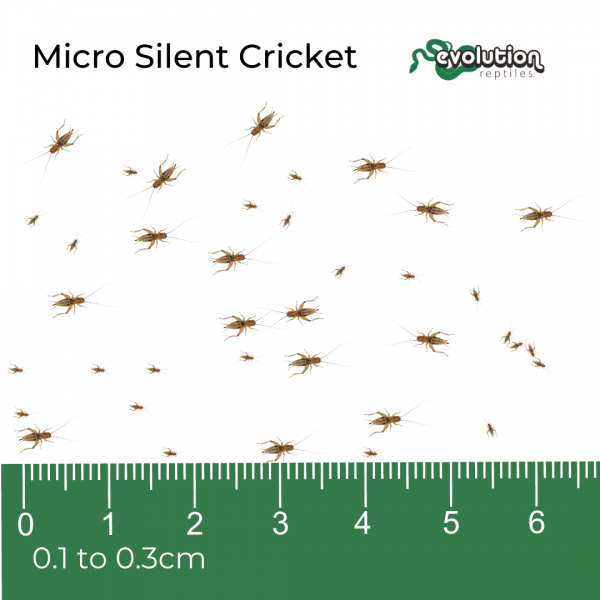
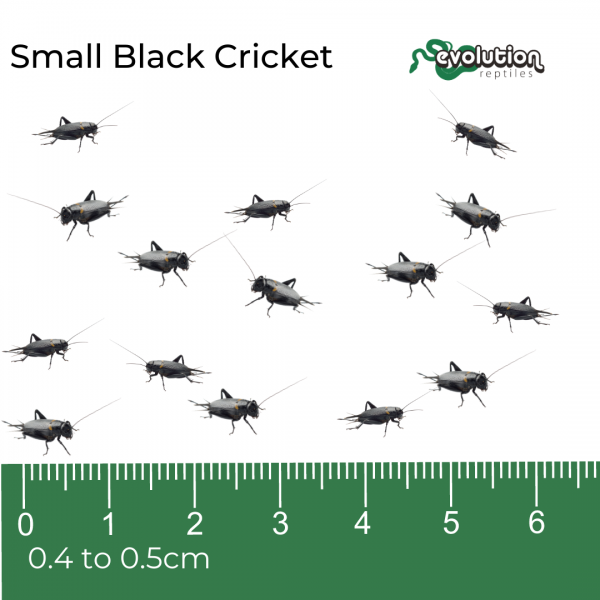
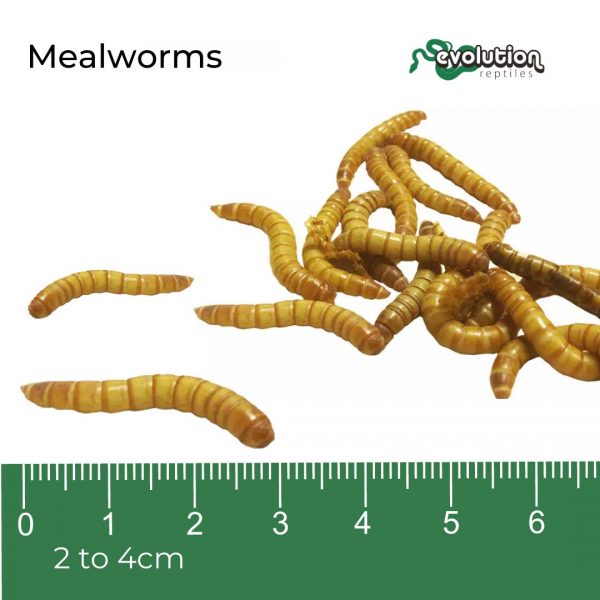
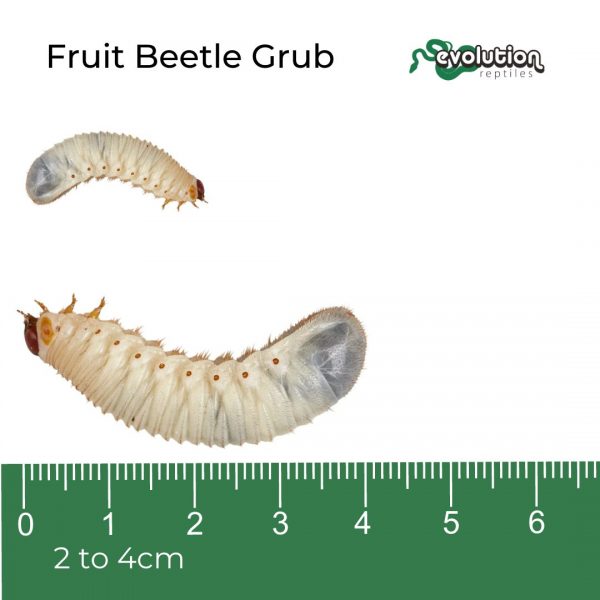
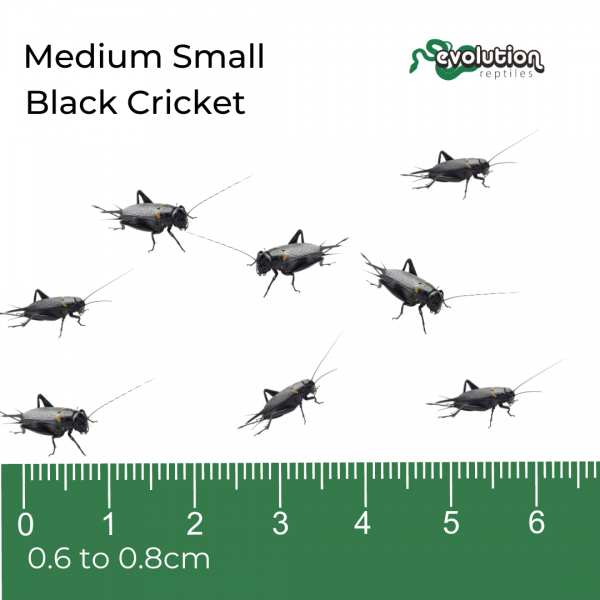
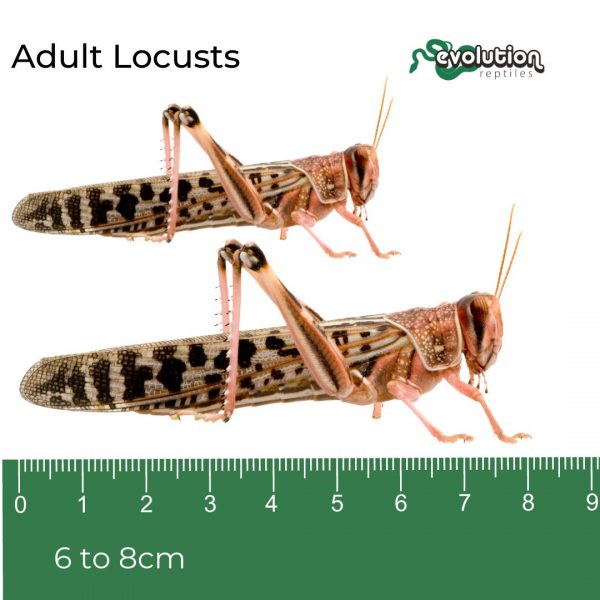
Copyright 2021 Evolution Reptiles
All rights reserved.